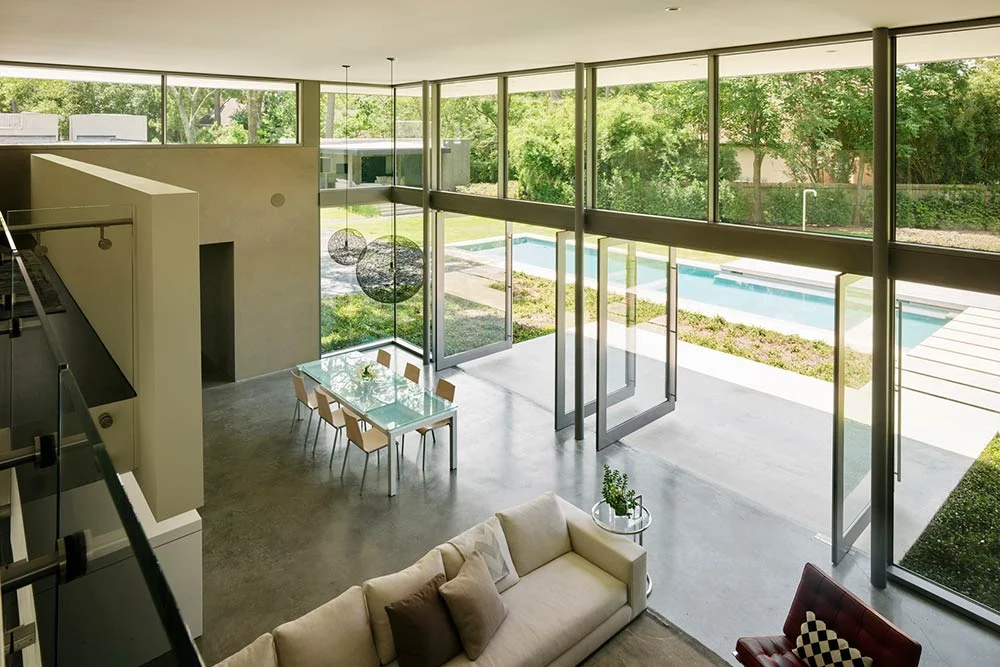Natural lighting can boost both moods and productivity, creating rooms with larger and brighter atmospheres.
If you’re building your forever home, take into account ways to maximize natural lighting. Here are a few ideas to get you started: 1. Position the longest wall facing south so as to prevent trees and buildings from blocking sunrays along this wall from entering the room.
1. Use Mirrors
Mirrors can not only be stylish and fun ways to check your outfit, but they can also amplify the natural light coming through windows. Placing one opposite an opening will double its amount of sunlight entering a room; for a dramatic effect consider placing mirrors door or furniture pieces to help light up a dark hallway or en suite space.
Painting your home in lighter hues will go far toward increasing natural lighting flow, as darker colors absorb light instead of reflecting it back outward. Opt for neutral or white wall colors, as well as including window frames and trim in this effort.
White flower pots and planters will add a brightening effect to any room in your home, while metallic or glass surfaces that reflect light – such as coffee tables, art works or curtains – can further bring light in.
2. Install Solar Tubes or Skylights
There’s nothing quite as comforting as natural lighting in the home, bathing it in an exquisite spectrum that light bulbs cannot match and increasing serotonin levels to make you feel good. Not to mention reducing energy bills and raising property values!
If your home features a flat roof and space to accommodate it, installing skylights can be an excellent way to bring light into rooms without windows. Consider opting for Velux skylights which offer breathtaking views or simply opting for simple sun tubes which illuminate interior rooms without windows.
Small solar tubes typically measure 10- to 14-inches in diameter and snap together easily for use in rooms with limited space. A straight run of tubing is ideal; twists can create an “flashlight effect” that casts shadows upon objects below.
3. Use Light-Reflecting Paint
Selecting paint with high light reflective values will help brighten up your home, with white or neutral tones reflecting more natural light while dark hues absorb it.
When choosing the appropriate hues, be sure to test them in different types of lighting. Fluorescent bulbs emphasize cool hues while downplaying warmer tones while halogen lights are designed to replicate full spectrum sunlight.
Whenever looking for a home, floorplans with tall ceilings should be given great consideration. These will allow for plenty of natural lighting in your living area and enhance its sense of spaciousness.
Light from natural sources has many positive benefits on mood, productivity, and circadian rhythm regulation. By following these easy tricks you can maximize natural lighting without breaking the bank – Happy decorating from Dering Hall team! We hope that sunlit homes fill your life.
4. Place Your Furniture Strategically
One effective way to increase natural lighting in your room is to eliminate bulky furniture that blocks windows. Instead, opt for sleeker pieces with lighter hues.
Strategic placement of furniture can make an immediate impactful statement about how much light comes into a room, like positioning a cozy reading nook near a window. Doing this creates an inviting and warm space to relax in.
Additionally, make sure that heavy draperies and blinds do not block windows with heavy draperies or blinds; opt for sheer curtains or sheer sheers that allow natural light in. Add an extra bright spot by strategically placing floor lamps around the room – such as brightening darker corners with floor lamps! Contrasting textures can help accentuate light in your home design; try pairing sleek tiles with rugged beams or smooth leather with fluffy rugs to further accentuate their glow!
5. Keep Your Windows Clean
Light is greatly limited by obstructions in front of windows; untrimmed plants, dust or salt spray from winter roads or dust clouds all act to block natural light from coming through.
Another important consideration when selecting window treatments is their thickness and style. Heavy brocade draperies may obstruct too much sunlight; therefore, opting for sheer curtains instead will keep the room feeling open and airy.
Maintaining clean windows in your home can help bring in more natural light, providing more illumination of the rooms within. Use a lint-free cloth and squeegee on larger windows; alternate the direction you wipe to avoid streaking. In addition, washing them twice annually prevents hard mineral deposits from building up on them.


